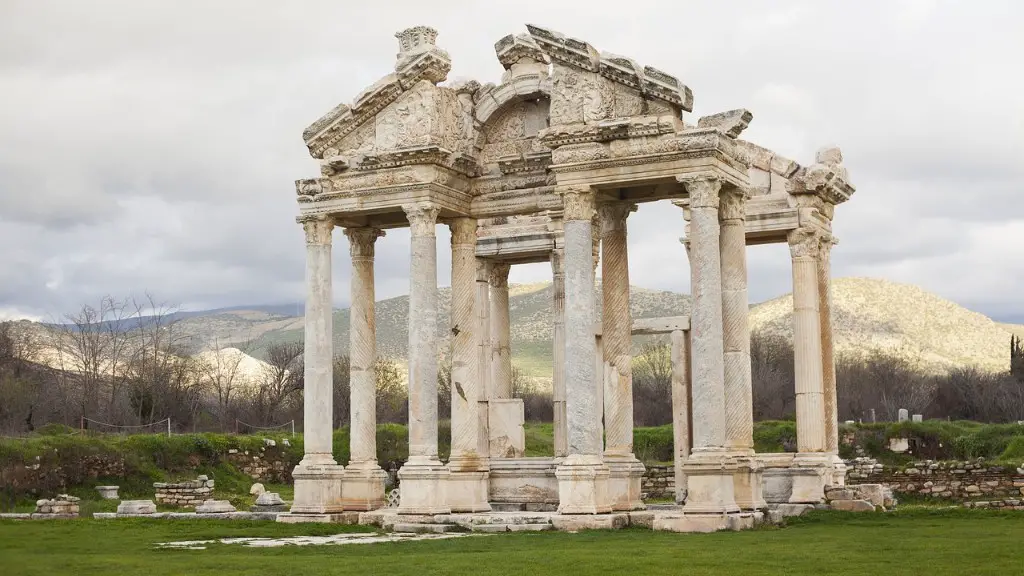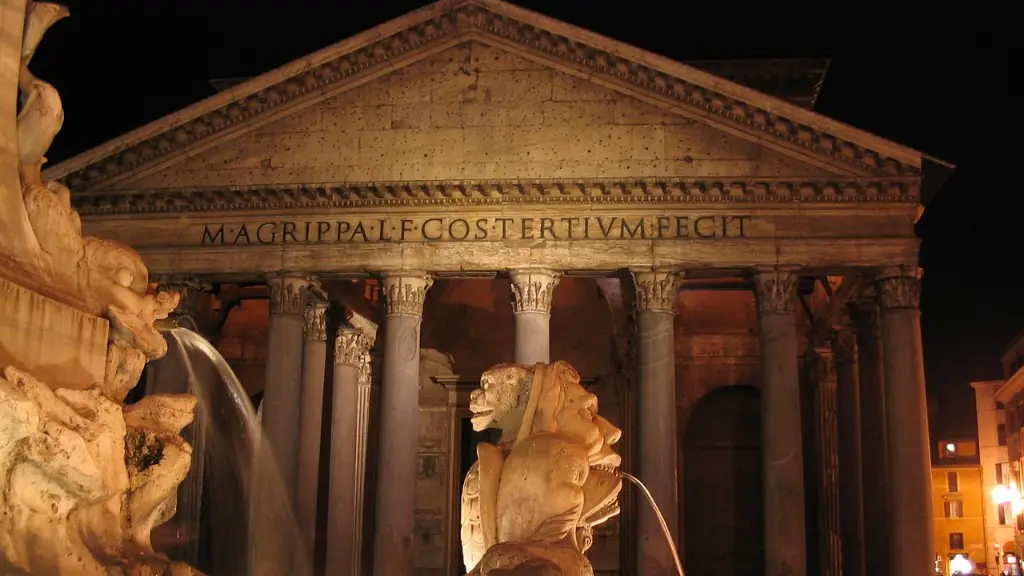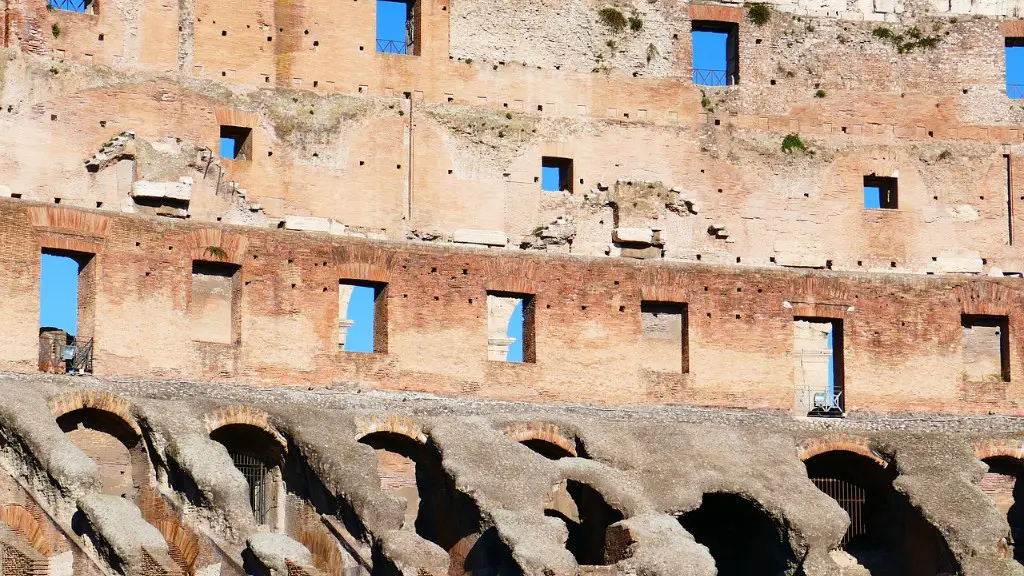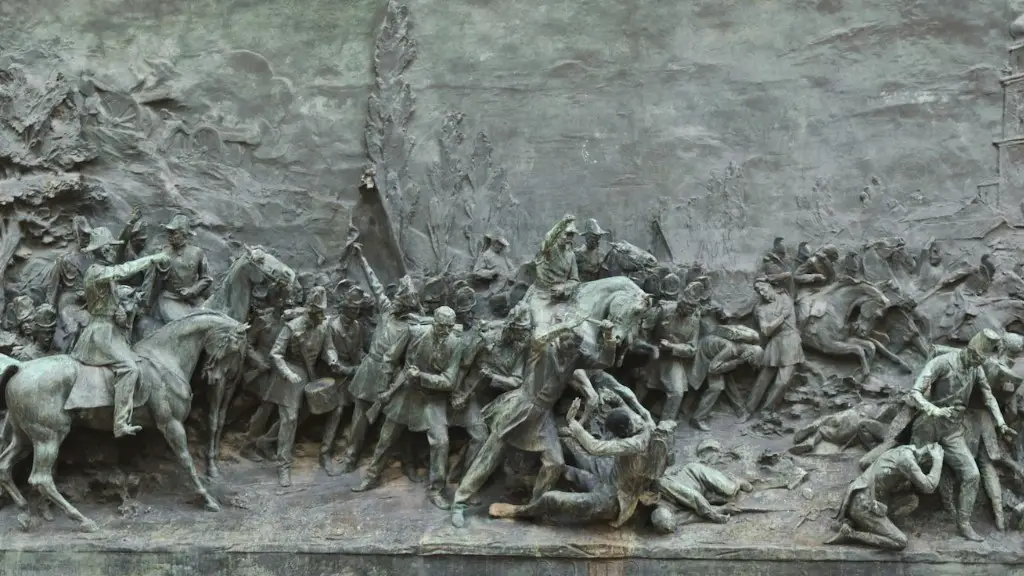Where is Ancient Rome? Home to an impressive span of emperors, poets and philosophers, Ancient Rome was truly the centre of civilisation and culture between the eighth and fifth centuries BC. The Romans were an influential people – capable of uniting and ruling such a vast expanse of land – and today, modern visitors can still glimpse at and take in the structure, society and culture of a once significant precedent.
Where does Rome lie on the map? Most commonly, Ancient Rome is found in west-central Italy. Rome was originally surrounded by settlements of the Sabines, a kind of neutral tribe that lived predating the announcement of Rome’s founding. While historians are not completely sure of the exact area of Rome’s first settlement, it is thought the city lay on the alluvial plain along the Tiber River, near the sea. Its inhabitants settled near the marshy land and were quick to adapt and develop the area, constructing a wide variety of bridges, aqueducts and roads. As the Roman Empire grew, so too did its borders, stretching to encompass parts of Europe, the Middle East and North Africa.
The ruins of Ancient Rome are some of the most well-preserved and extensive in the world. Visitors can explore a variety of architectural sites – such as the Colosseum and the Pantheon – as well as remnants of the Roman Forum and baths. By visiting these deeply historical sites, tourists can get an insight into the Ancient Roman culture, such as the influence of religion, entertainment, education, leisure and social structure. So, not only can you pinpoint Ancient Rome on the map, but also explore its features.
Today, Italy is home to over three million Roman Citizens – the people of Rome
Rome, modern day and the birthplace of the Catholic Church, is a populist’s paradise.
In 2020, Rome was the most visited city in Europe, according to Euronews. This was no surprise for the locals as Rome is packed with dozens of notable attractions, bars, restaurants and more. Home to the iconic Spanish Steps, Pantheon and Trevi Fountain, visitors come from all corners of the world to glimpse a piece of the ancient past of the Eternal City.
This makes it no surprise that Rome’s symbol is a soaring wolf, the ancient legend comes from the founding of Rome by two babies, Romulus and Remus – the sons of the god Mars who were left in the area by their dying mother.
Geological Sites
The Colosseum is the most iconic structure in Rome, originally built by Emperor Vespasian as an amphitheatre for gladiator contests. Over 50,000 spectators could enjoy the bloody spectacle from its tiers; walking around the grounds today visitors can pay tribute to the Roman gladiators from memory.
The Roman Forum is another popular site for tourists, where glorious ruins of temples, squares and basilicas still stand. Whatever is left of the Roman Senate buildings, meeting places and legislative chambers, it still stands for a testament to the ambition and success of Ancient Rome.
The Palatine Hill, on the other hand, was once thought to be the site of Rome’s foundation. While there is debate over this, it is still home to the ancient palace of Roman Emperor Augustus, and remains a fascinating spot to explore today.
Near the Palatine is the imperial and aristocratic Villa Intrabelle, a three-level palace ensemble which offers a glimpse into the lives of the wealthy Roman nobility. This villa allows visitors to explore the luxurious gardens of the porphyry basin and admire the elegant marble fountains.
Archaeology
The city of Rome has seen a great number of archaeological excavations and discoveries, including statues, coins and valuable artefacts long forgotten in the sands of time. Archaeologists have stumbled upon these items as a result of natural environmental alterations and construction works, frequently unexpected finds which have shed light on ancient customs and everyday life for the ancient Romans.
In recent years, archaeologists have been dealing with Rome’s never-ending flow of visitors, ranging from tourists eager to gawk at the sites to historians seeking to uncover the city’s secrets. As construction and development has increased, the archaeological sites, such as the Via Appia and the aqueducts, are at risk of losing evidence of Rome’s true nature. To preserve the legacy of Rome, archaeological teams have to work in haste to uncover as much as possible and save it from city administrators.
Roman Catholicism
The religion that springs up in connection with Rome is Catholicism, a faith which has its base in the Vatican City, established in 1929 as the spiritual and physical centre of the Church. The Catholic Church’s power in the region served as a major source of control, so much so that one fifth of Rome’s four million citizens are of the Catholic faith.
Today, the Catholic Church is regarded as one of the most influential organisations in all of the world. Rome, as the source of the religion and the headquarters of the Vatican City is the most significant part of the Church, making it a pilgrimage site for millions of people who want to learn more about the Church’s origin and purpose.
The Vatican is also known for housing some of Rome’s most beautiful artifacts, such as the frescoes of the Sistine Chapel, a popular site which houses works from some of the world’s most famous Renaissance painters, such as Michelangelo and Botticelli. Rome’s Vatican continues to serve as a cornerstone of faith for Catholics around the globe.
Culture
Rome is home to a vibrant culture that can be seen everywhere within the city. Roman art, literature, food and entertainment are among the best-known aspects of the area. The culture of Rome has changed and been adapted to the periods of the city’s history, in particular the Roman Empire’s reign. While the contribution of Ancient Rome to modern society can be seen in many aspects of the world today, locals take pride in Rome’s cultural legacy.
In Rome, some of the world’s most impressive sculptures, artwork and frescoes exist, including pieces by Michelangelo, Rafaello and Donatello. Libraries are plentiful, with the resurgence of publishers creating books that explore the tumultuous history of the city. Roman food is world-renowned and recipes that have been developed over centuries can be enjoyed in the city’s trattorias and restaurants.
Despite the excess of automobiles, many areas still retain the city’s essence, with horse-drawn carriages and street peddlers proudly continuing the city’s proud legacy, a legacy that has lasted for thousands of years.
Sightseeing
Rome is a tourist’s paradise. No matter what your tastes, Rome can accommodate to your every whim. From the ancient history of the ancient city with its gladiators, gods and emperors, to the incredible works of modern art and sculptures that adorn the churches, you can immerse yourself in the past and embrace the culture.
The medieval streets of Rome are the perfect place to explore and find hidden gems. Bargain hunters will love the street markets, while more refined activities can be found in the local wineries and coffee shops.
If you’re looking for some relaxation, there is also the Tiber River, which is surrounded by parks. Wake up early one morning and walk along the river, take in the breathtaking views of the ornate churches and monuments, or take a boat ride and see the city from a different perspective.
No matter what your reason for visiting Rome, the city has enough to offer to keep everyone entertained. Whether you’re looking for culture, adventure, bargains or relaxation, you’ll find something in Rome to satisfy.
Nightlife
Rome’s nightlife is a thriving industry, with diverse bars, clubs and pubs to explore. Students and tourists flee to Eastern Rome to find the party, while others explore the city centre at night and mingle with the locals.
The city boasts an abundance of bars and clubs, offering traditional Italian pizzas and beers, while others take on an international vibe with their dance floors and music. Rome’s nightlife is always busy, with many of its establishments staying open until late into the night.
In the summer months, visitors should make sure to pay a visit to the Circo Massimo, an outdoor space that hosts concerts and evening events. The Italian capital is also home to the traditional "aperitivo", a long evening drink comprising of wines, beers and snacks.
From creative cocktails to local wines, Rome has something for every night out. All around the centre you will be able to find pleasant bars and pubs, local entertainment, cafes and discounts. These are the perfect places to get a glimpse of the vibrant and exciting nightlife of Rome.
Summary
Ancient Rome was once the epicentre of power, religion and culture. Today, its ruins are still visible and its influence is as strong as ever. Visitors can explore the city’s archaeological sites, learn about its Catholic influences, appreciate its local culture and have the time of their lives in its late night bars and clubs.
Rome is a city that changes with time; from its political shifts to its religious legacy, it is a city that has a unique length of time to it. Visitors can explore the city in depth and try to discover its significance to our past, present and future. It is for sure a city worth exploring, both in its geography and in its history.





